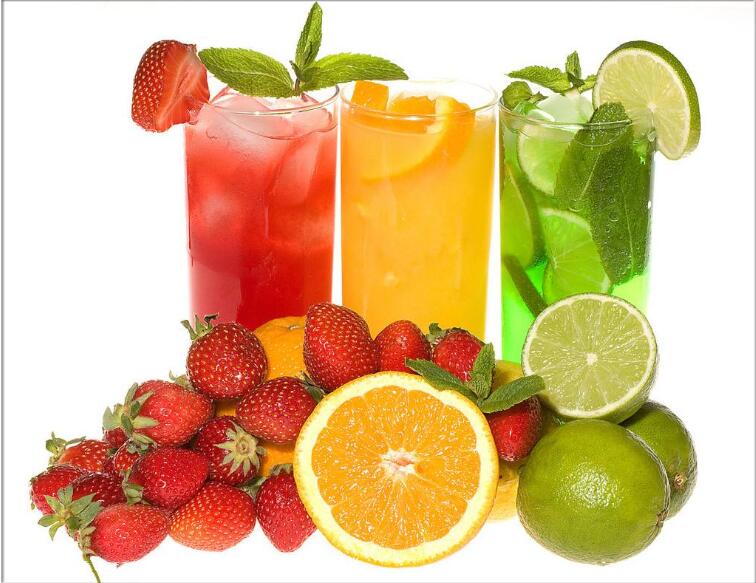(单词翻译:单击)
In other words, ice absorbs heat from the water.
换言之,冰块会从水中吸收热量。
As the water molecules lose energy, they begin to slow down, and consequently to cool.
当水分子流失热量后其移动速度回放缓,温度逐渐降低。
So, it’s kind of the opposite of what we might think: when we put ice in water, the ice doesn’t give its cold to the water, it takes heat from the water.
这可能跟我们假设的恰恰相反:把冰放入水中,冰不会将低温转移到水中,而是从水里吸收热量。

The cooling process actually happens in stages.
这一冷却过程其实是分阶段进行的。
Because ice floats, it cools the water near the top of the glass first.
由于冰块会漂浮,因此最上层的水会先降温。
As the top layer of water cools, its density increases, causing it to sink to the bottom.
当上层的水冷却后,它的密度会增加,上层的水会下沉到底部。
The lower layer, less dense and therefore more buoyant, floats to the top and is cooled in turn.
底部的水因密度较小会上浮,然后再被冷却,不断循环反复。
译文为可可英语翻译,未经授权请勿转载!


